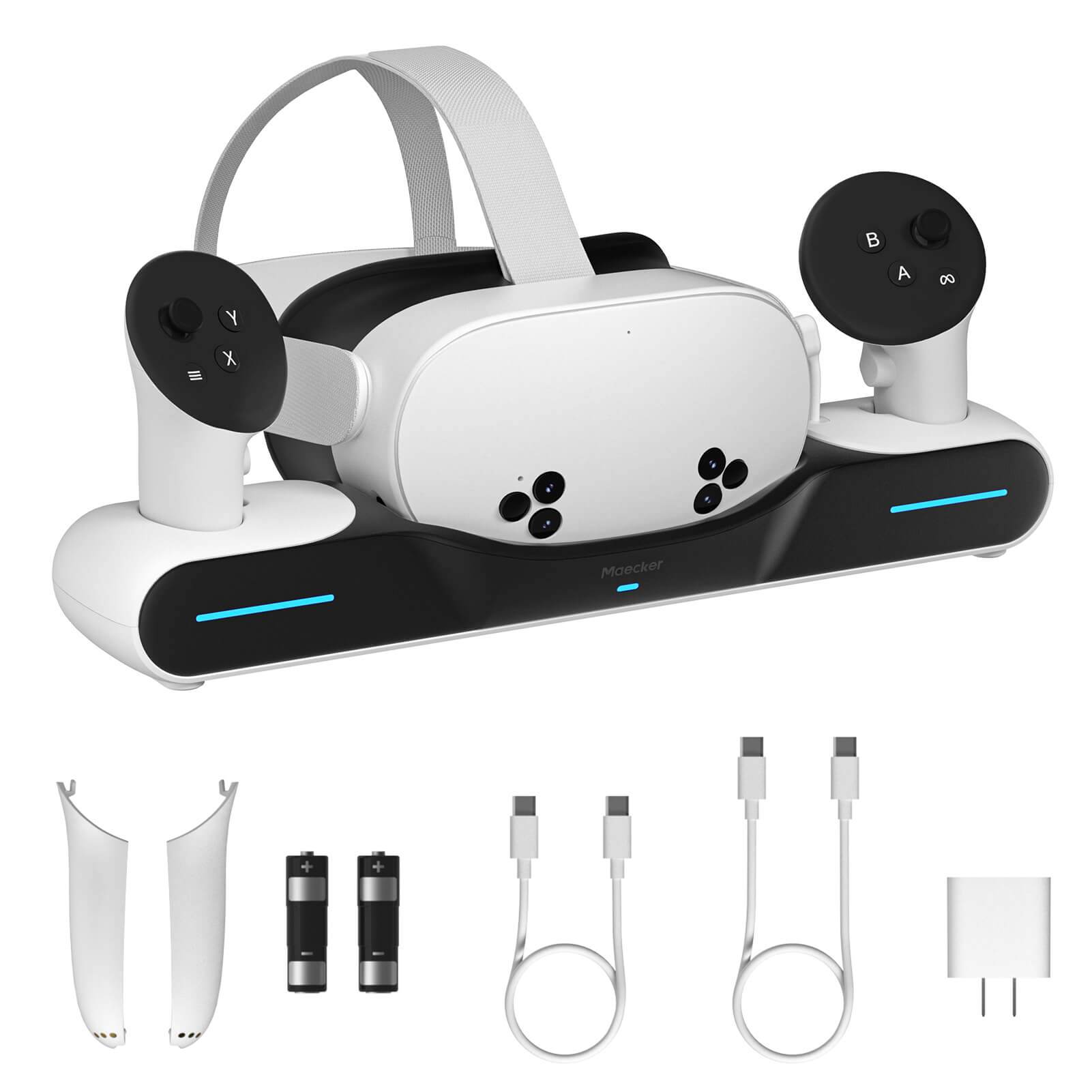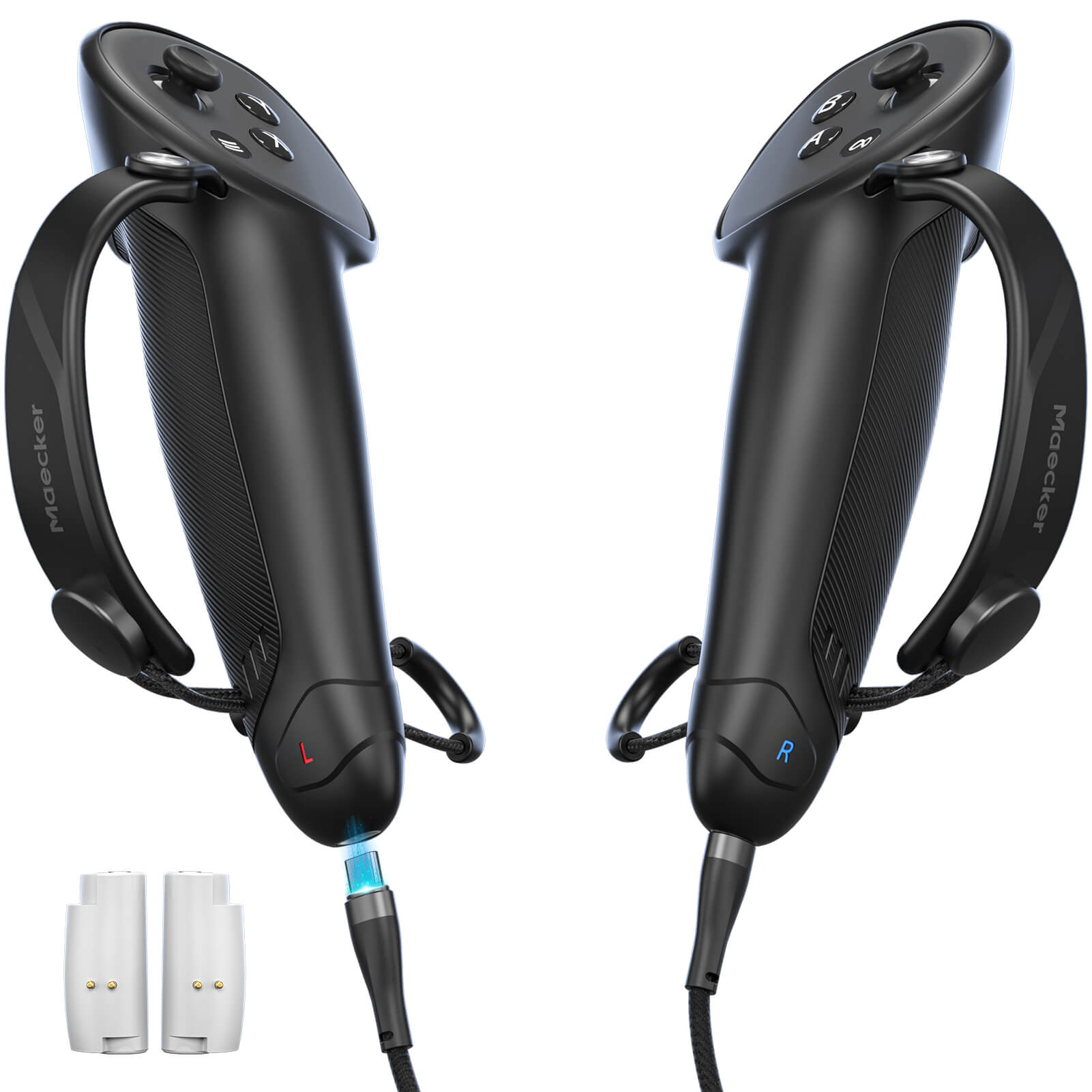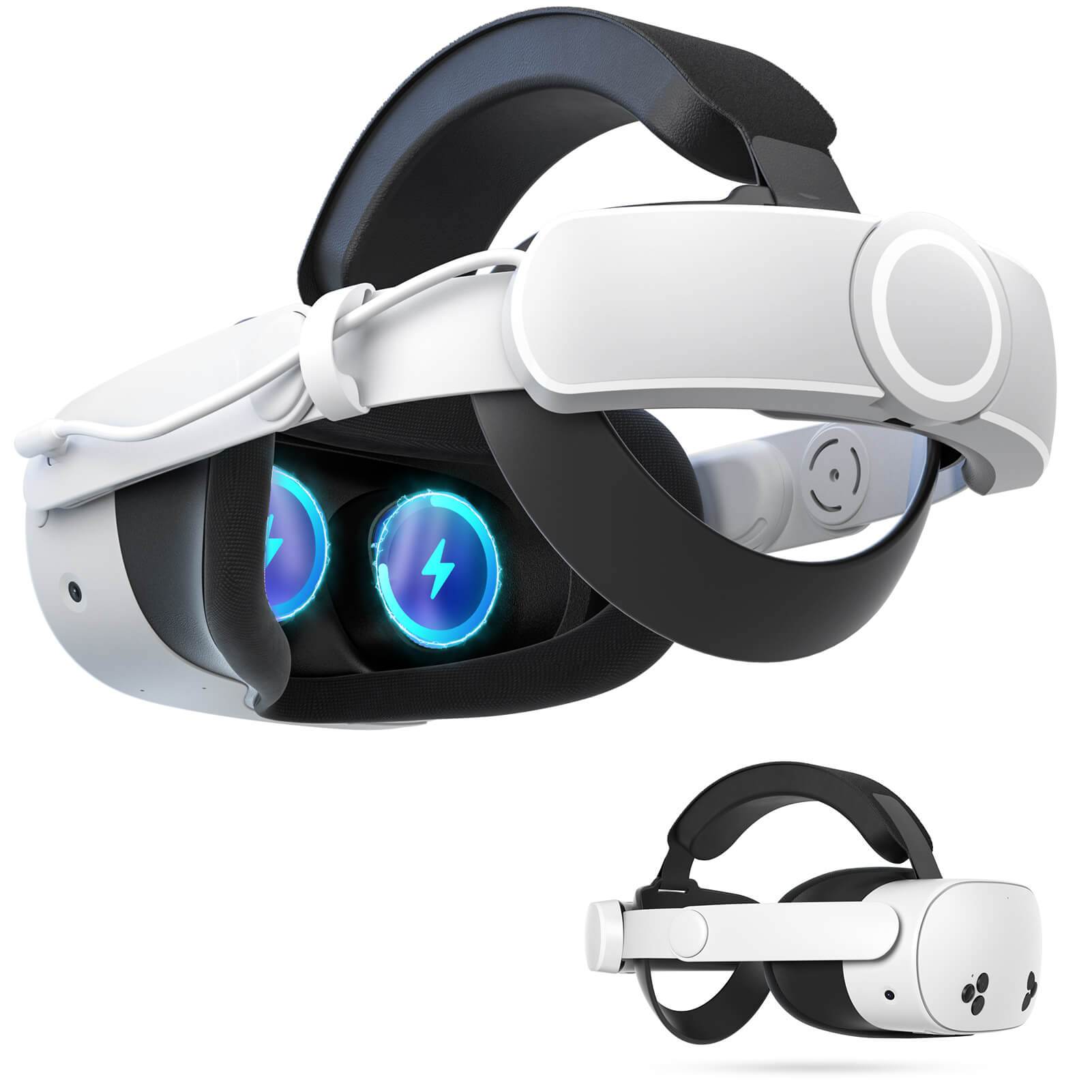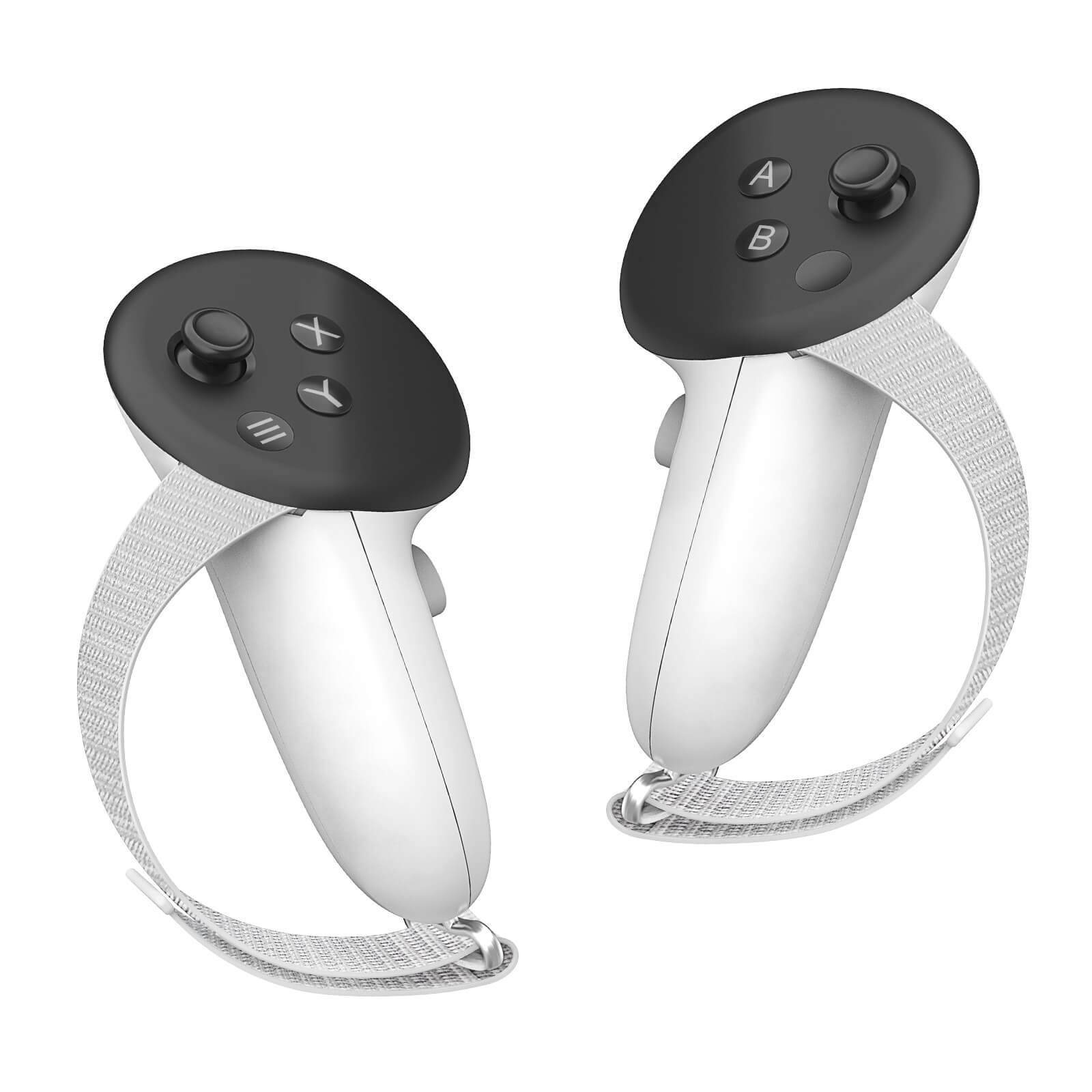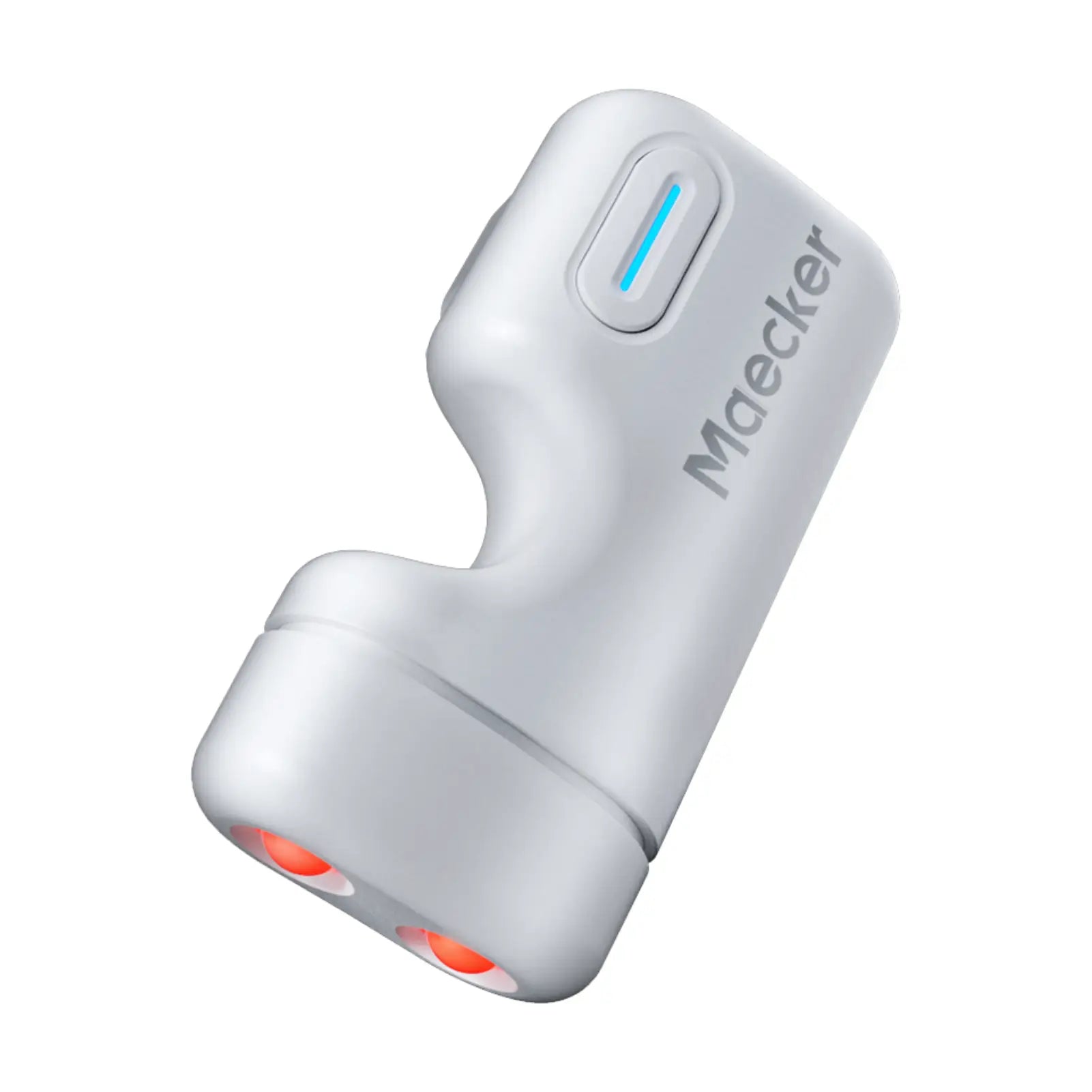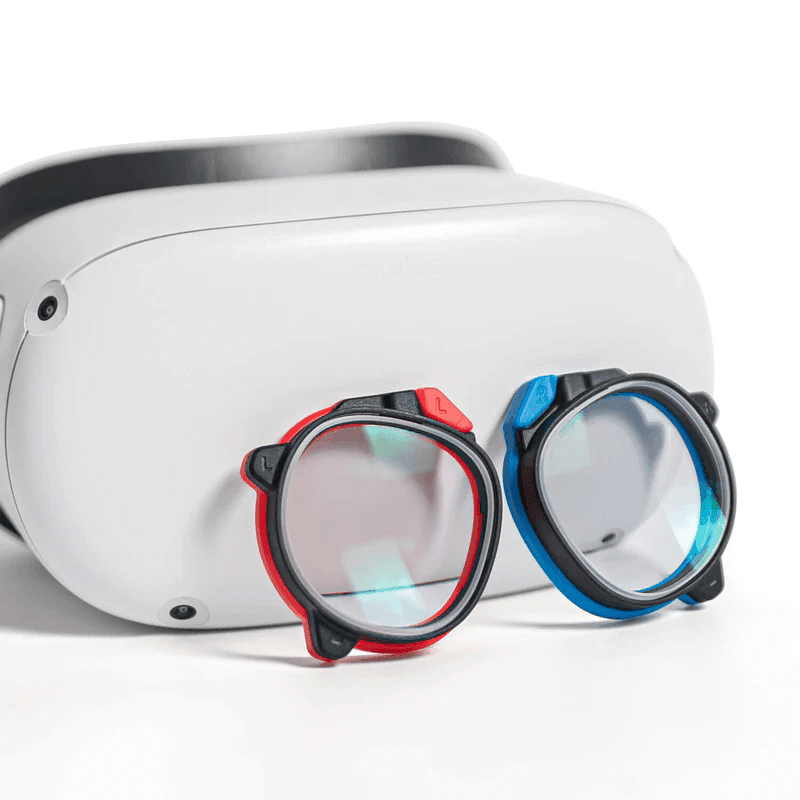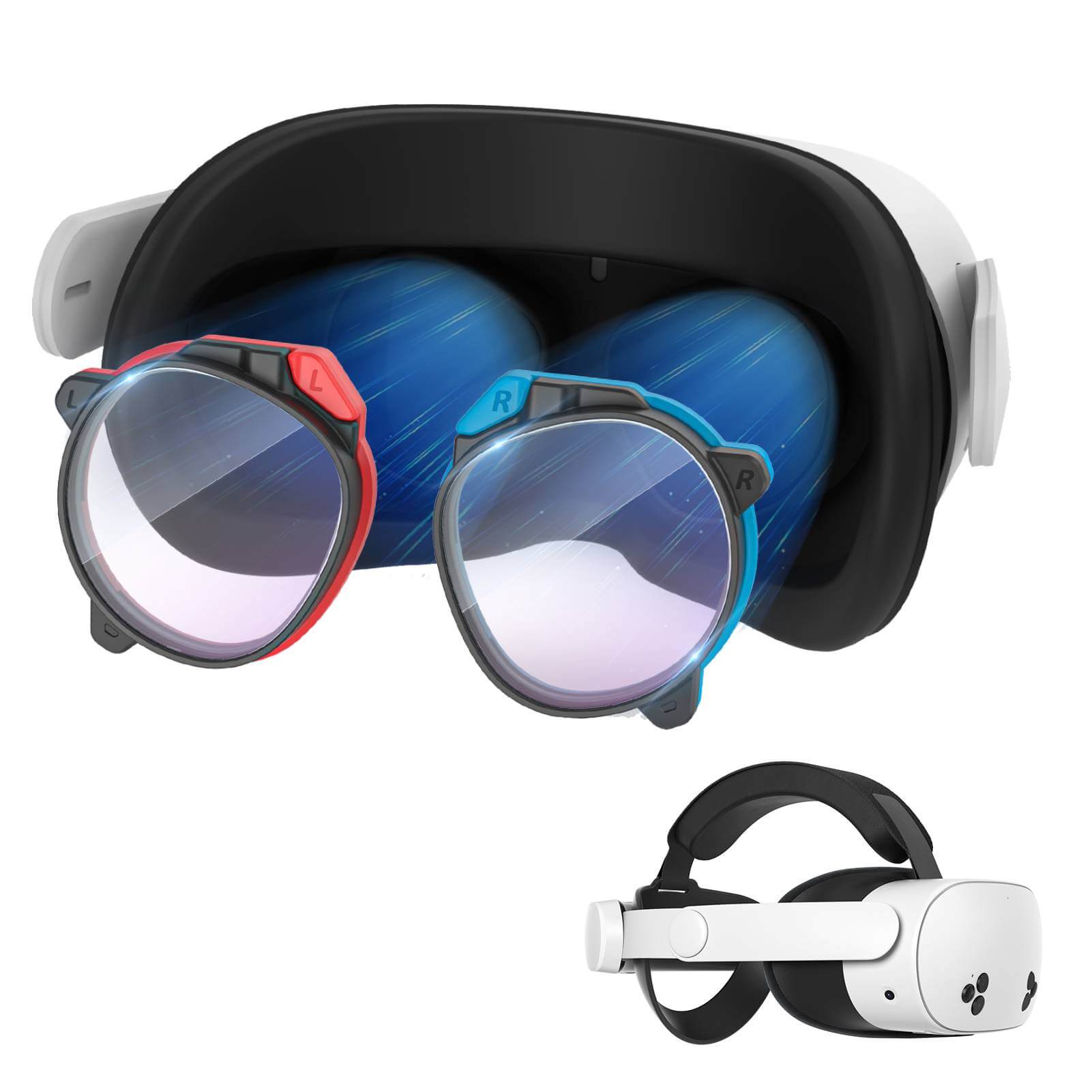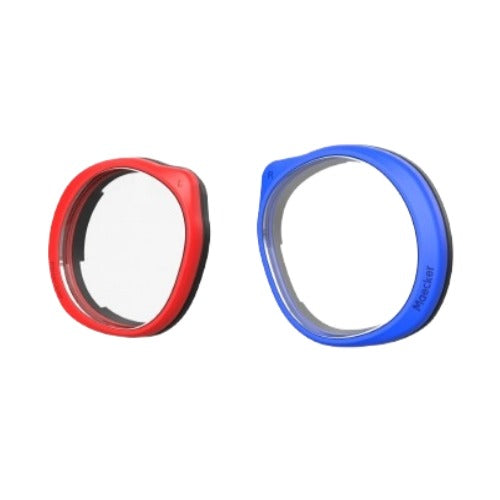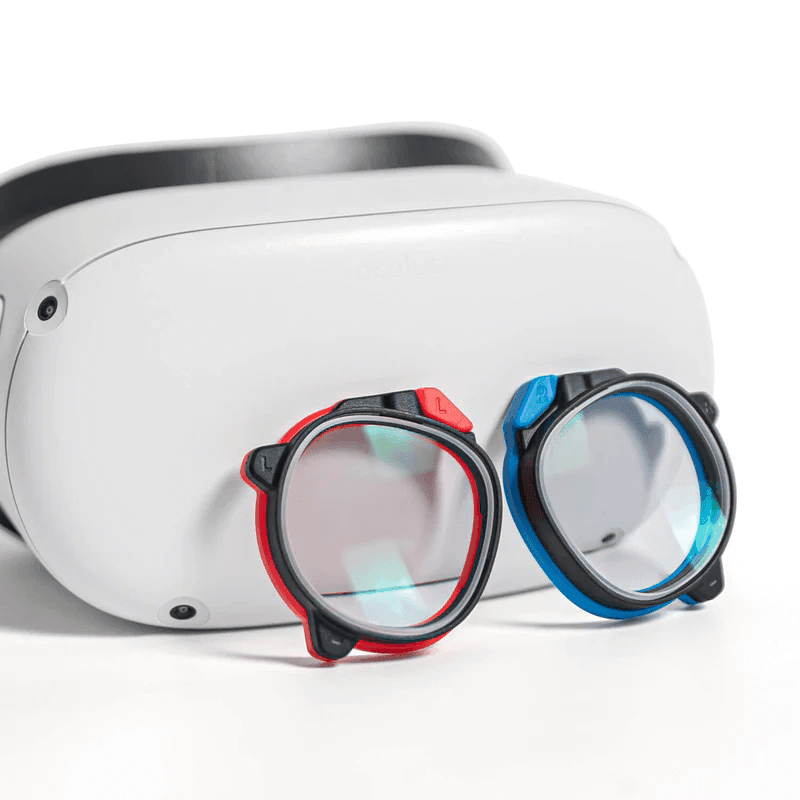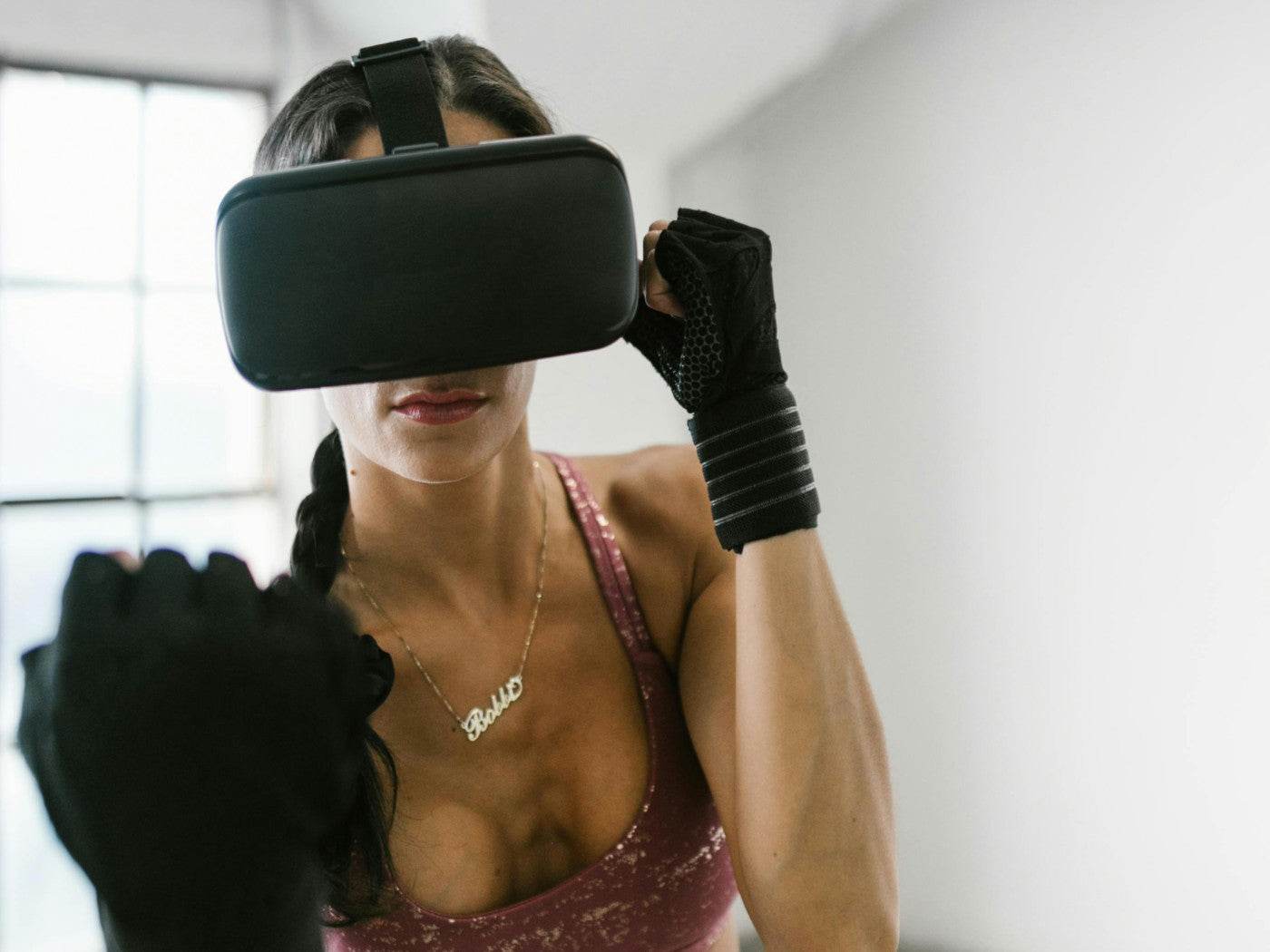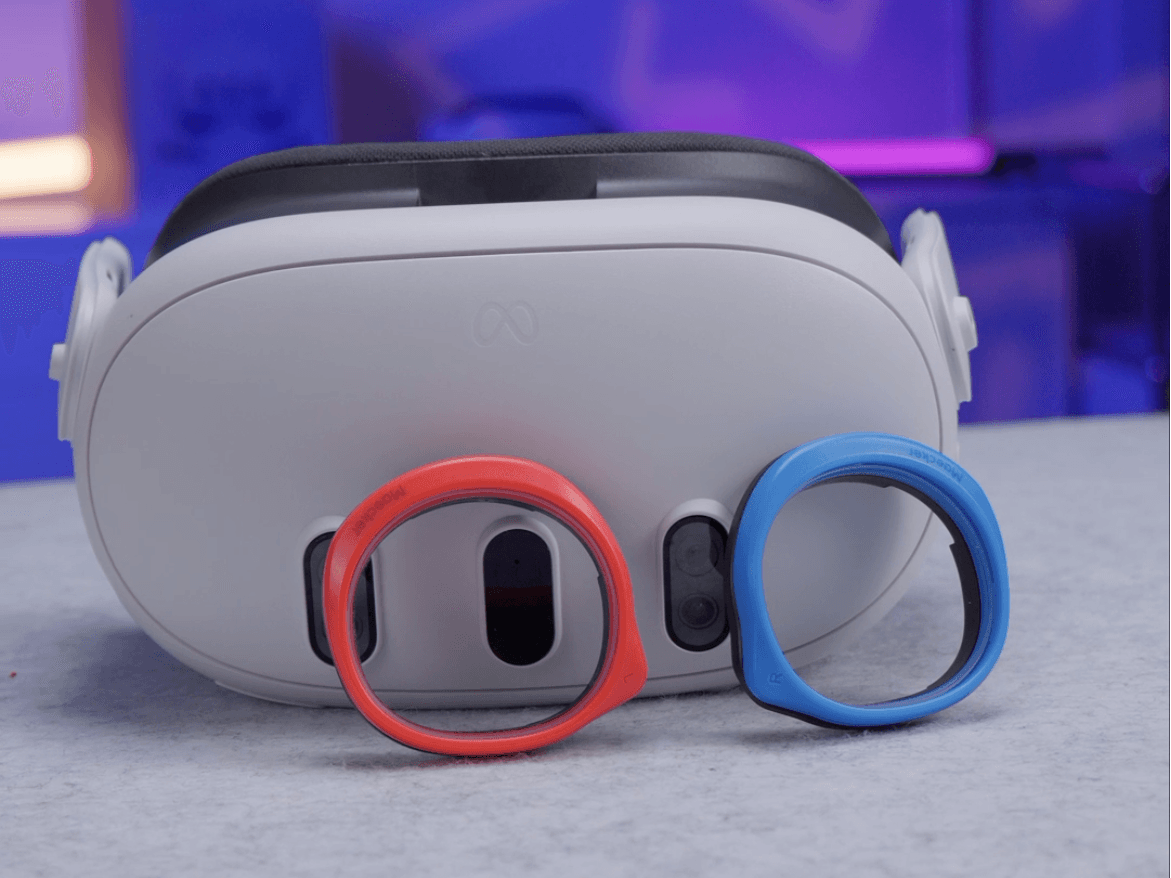The Meta Quest 2 has long been a favorite for VR enthusiasts, offering great performance at an affordable price. However, with the release of the Meta Quest 3, users are now presented with an upgraded option featuring more powerful hardware and additional features.
If you're wondering which headset is the best fit for your needs, this detailed comparison will break down the differences in terms of specs, comfort, controllers, features, and price.
Display And Resolution
When it comes to visual quality, the Meta Quest 3 is a clear winner over the Quest 2. The Quest 3 boasts a 2064x2208 resolution per eye, while the Quest 2 has a resolution of 1832x1920 per eye.
The higher resolution on the Quest 3 results in crisper and more detailed visuals, which enhances the overall VR experience. The Quest 3 also supports a 90Hz refresh rate, just like the Quest 2, but can go up to 120Hz, offering smoother visuals in games that support it.
Processing Power
Under the hood, the Meta Quest 3 is powered by the Snapdragon XR2 Gen 2 processor, which provides significant performance improvements compared to the Snapdragon XR2 processor found in the Quest 2.
The enhanced chipset allows the Quest 3 to handle more complex games and applications, delivering faster load times and improved graphics. If you’re looking for top-tier performance, the Quest 3 is the better choice.
Storage And RAM
Both headsets offer similar storage options, with the Quest 3 available in 128GB or 512GB models, while the Quest 2 comes in 128GB and 256GB variants.
The Quest 3’s 512GB option allows for even more storage, perfect for those who download large apps or games. Additionally, the Quest 3 comes with 8GB of RAM, compared to the Quest 2's 6GB of RAM, resulting in better multitasking and smoother gameplay.
Comfort
One of the biggest improvements in the Meta Quest 3 is its enhanced comfort. While the weight difference between the two headsets is small (with the Quest 3 weighing 515g and the Quest 2 weighing 503g), the Quest 3 is much slimmer and better balanced.
The updated head strap system ensures a more secure and comfortable fit, especially during long gaming sessions. If comfort is a priority for you, the Quest 3 is the more comfortable option.
Design
The slimmer profile of the Meta Quest 3 also makes it more aesthetically appealing and easier to wear for longer periods. The design refinements, such as improved weight distribution and the more compact build, make it feel less bulky on your head compared to the Quest 2.
Controllers
Meta Quest 3 Controllers
The Meta Quest 3 introduces redesigned Touch Plus controllers, which have done away with the ring that surrounds the thumbs on the Quest 2’s controllers. The result is a more open, ergonomic design.
Additionally, the Quest 3 controllers feature haptic feedback, which adds an extra layer of immersion by letting you feel interactions more vividly. This makes activities like drawing a bowstring or firing a gun feel more realistic.
Meta Quest 2 Controllers
The Quest 2 controllers are still highly functional, offering great tracking and responsiveness. However, they lack the haptic feedback and the more streamlined design of the Quest 3’s controllers. If you value the feel of feedback in your gaming experience, the Quest 3’s upgraded controllers are a step ahead.
Mixed Reality (MR)
A major upgrade in the Quest 3 is its support for mixed reality (MR), a feature that allows users to blend the real world with virtual elements. The full-color passthrough in the Quest 3 lets you see your surroundings in much greater detail compared to the black-and-white passthrough on the Quest 2. The Quest 2, on the other hand, is limited to traditional VR experiences.
Game And App Compatibility
Both headsets are compatible with the entire Quest ecosystem, meaning that any game or app you can run on the Quest 2 will also work on the Quest 3. However, the Quest 3 will also support newer, more advanced applications that take advantage of its hardware improvements and mixed reality capabilities.
Price
One of the most significant differences between the Meta Quest 2 and Meta Quest 3 is the price. The Quest 2 is priced at $200 for the 128GB version and $300 for the 256GB model, making it an affordable option for those new to VR or for casual users. The Quest 3, on the other hand, starts at $500 for the 128GB version and goes up to $650 for the 512GB version.
If budget is a primary concern, the Quest 2 still offers excellent value for its price, particularly if you are primarily interested in standard VR gaming without the need for mixed reality features. However, for those looking for the latest in VR technology, enhanced visuals, and MR capabilities, the Quest 3 is worth the higher price tag.
Recommended Meta Quest Accessories
1. MaeckerVR Meta Quest 2/3 Battery Head Strap
Which One Should You Choose?
Both the Meta Quest 2 and Meta Quest 3 are impressive VR headsets but the right choice depends on your needs and budget. If you’re looking for a more affordable headset that still offers excellent VR experiences, the Quest 2 is a solid choice, especially for beginners. It has a vast library of games and apps and performs well even with its older hardware.
However, if you want the latest features, better graphics, and the added benefits of mixed reality, the Quest 3 is the superior option. With its higher resolution, faster processor, and more immersive controllers, the Quest 3 offers a more polished and advanced VR experience. While it comes at a higher price, the improved performance and additional features make it a worthwhile investment for dedicated VR users.

